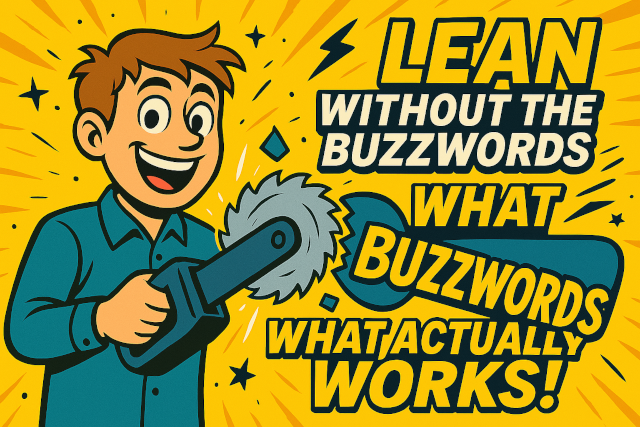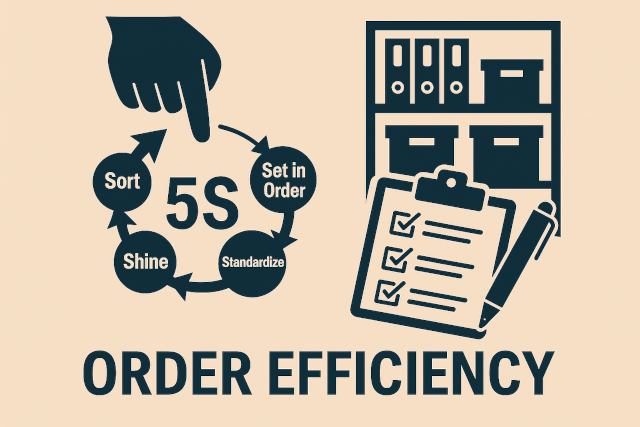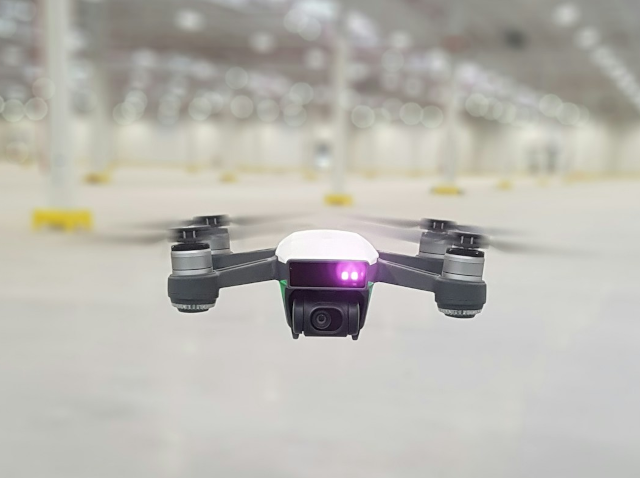You don’t need a dictionary of Japanese terms to run a better operation. You don’t need posters plastered on every wall, or consultants walking around quoting Toyota like scripture.
You need flow. You need visibility. You need a team that gives a damn—and a way of working that makes sense on a chaotic Tuesday morning, not just during a Kaizen event.
Because here’s the truth no one tells you when you start your Lean journey:
Most buzzwords don’t fix broken processes. People do.
1. You Don’t Need a Framework—You Need a Friction Point
If you’ve ever sat in a boardroom trying to map out a company-wide Lean strategy, you probably felt overwhelmed. The tools, the phases, the ideal states—it’s all a lot.
But here’s your shortcut: start with the thing that’s constantly going wrong.
Ask yourself:
- What’s breaking down weekly or daily?
- What’s your team tired of dealing with?
- What’s costing you time, money, or trust?
If you’re in a warehouse, maybe it’s pick errors. In manufacturing, maybe it’s setup delays. On the dock, maybe it’s trailer congestion. Don’t worry about aligning to Hoshin Kanri or structuring an A3 just yet.
Fix one real thing, with the people who feel it. That’s your best Lean pilot.
Because when you solve something your team actually cares about, you won’t need to sell Lean—they’ll ask for more of it.
2. Make Problems Visible—But Don’t Turn People Into Targets
One of the biggest risks with Lean is when visibility becomes surveillance. You install boards, dashboards, color-coded systems—and suddenly the floor feels like it’s under a microscope.
But that’s not what Lean is for.
Real Lean doesn’t expose people—it exposes processes.
Let’s say orders are being shipped with wrong parts. Instead of asking “Who made the mistake?”, shift the focus:
- Was the label hard to read?
- Was the picking location ambiguous?
- Was the QC step missing visual cues?
When you make systems the problem, you get collaboration. When you make people the problem, you get silence.
Try this: put up a problem tracker, not to assign blame, but to show recurring breakdowns. Let the team vote on the one to solve. You’ll shift from compliance to contribution—and that’s where momentum lives.
3. Daily Habits Beat Hero Projects
You’ve probably done a big improvement event at some point—a three-day blitz with a cross-functional team and great catering.
And it probably helped. For a while.
But big bang improvements fade fast unless they’re backed by daily behaviors. What drives real transformation isn’t what happens once a quarter. It’s what happens before the morning shift starts.
Daily huddles. Leader walks. Visual updates. Quick checks. Problem logs. Not glamorous—but powerful.
You don’t need a laminated “lean system.” You need:
- A 10-minute stand-up where blockers are called out.
- A whiteboard that tracks downtime by machine—not to punish, but to prioritize.
- A shift report that actually gets read (and acted on).
Sustainability comes from routine, not inspiration.
4. Visual Management That Actually Helps
You’ve seen the over-decorated 5S boards. The shadow boards that look great but never get used. The giant KPI walls where the numbers haven’t changed in weeks.
Visuals can be powerful—but only if they answer real questions:
- Can someone glance and know if we’re on track?
- Can a new team member orient themselves without asking?
- Can a problem be spotted without opening a spreadsheet?
Here’s what works:
- Live magnetic job cards that move with product flow.
- Red tag areas that are actually used to sort and discard.
- Labels that are meaningful, not just color-coded for aesthetics.
If your visuals aren’t driving decisions or conversations, they’re just Lean wallpaper.
Strip it back. Make it real. Let the floor own it.
5. Flow Beats Local Efficiency—Every Time
It’s tempting to push for faster task times, better rates, less “idle” time. But if you’ve worked operations long enough, you know that local speed often hides system slowness.
That machine running flat out? It’s building inventory nobody can use yet.
That picker sprinting ahead? They’re loading product that’s just going to sit on the dock.
Flow means right thing, right time, right place. Not fastest output.
Measure:
- Time from customer order to ship.
- Number of handoffs.
- Queue time between steps.
- Floor travel distance (not steps per person).
When you start mapping flow instead of task speed, you’ll see why the system is stuck—and where to unlock value.
6. Your Best CI Team Is Already on Payroll
You don’t need to hire a Lean expert to get started.
You need to trust the person who stacks crates better than anyone else. The one who quietly rearranged their bay for better flow. The one who always “finds a way” when the system fails.
That’s your core improvement team.
But to tap that power, you need to create time and space for them to share what they know. Otherwise, you’re just pulling ideas from the conference room, not the shop floor.
Try:
- 30-minute improvement huddles each week.
- A no-judgment board for “dumb ideas” (those often turn out brilliant).
- A budget for quick team-driven trials—$200 can go further than you think.
Respect isn’t a Lean pillar—it’s the engine.
7. Don’t Wait for Executive Buy-In. Build Bottom-Up Proof.
You might be thinking: “This all sounds great, but my boss won’t go for it.” Maybe the leadership wants results now. Or they see Lean as a “soft” initiative.
That’s OK.
You don’t have to ask for permission to improve your corner of the world.
Document small wins:
- Less travel distance after a re-slotting
- Fewer picking errors after adding bin visuals
- Faster dock turnarounds after tweaking the staging layout
Quantify it. Take photos. Share before/after stories.
Success scales louder than slogans.
8. Strip the Lingo. Keep the Logic.
You don’t need to say “Gemba walk” if “floor walk” works better.
You don’t need to run a full A3 if a one-page problem brief gets the team aligned.
You don’t need to explain what “muda” means—just show the waste.
In time, your team will learn the terms. But what they really need to see is that Lean thinking makes their job easier, safer, and less frustrating.
Start in their language. Grow from there.
Bottom Line: You Don’t Need Buzzwords. You Need Belief.
The best Lean environments aren’t built with PowerPoint decks or poster kits.
They’re built in:
- Quiet problem-solving sessions.
- Honest morning huddles.
- Bold experiments in broken systems.
- And a culture where problems are surfaced—not suppressed.
You already know where the pain is. You probably already have people ready to help fix it.
Now’s the time to start. Not with theory. But with action.
No jargon. Just better operations.



